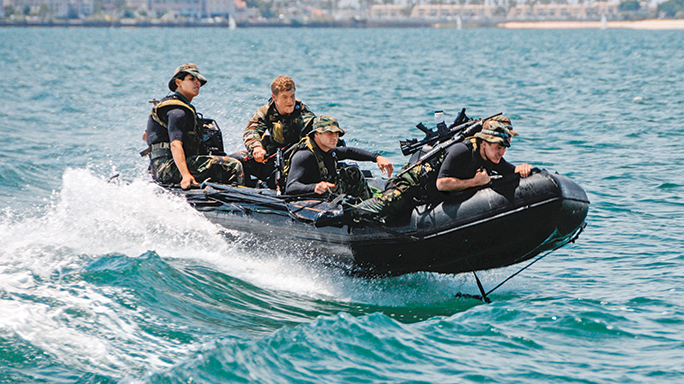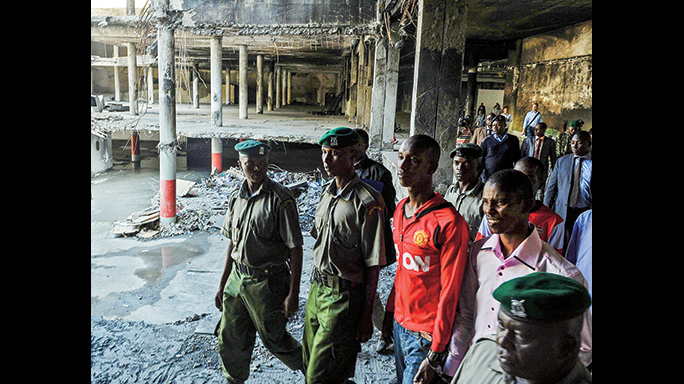The two-story beach house was just 220 yards from the Indian Ocean in southern Somalia. It was known as a gathering place for the radical Jihadist group al-Shabaab, who were engaged in a civil war in their native country, had been associated with a number of terrorist attacks elsewhere, and had strong links to Al Qaeda.
- RELATED STORY: SEAL Team Six: The Sea Rescue of Captain Phillips
Intelligence further suggested that the house contained a particularly tempting target: Abdikadar Mohamed Abdikadar, a commander of the group, believed to be a key liaison between al-Shabaab and Al Qaeda, and perhaps one of the architects of the 2013 terrorist attack on the Westgate Mall in Nairobi, Kenya, which left 67 dead.
The plan, according to multiple sources, was to take him alive, in hopes of gaining valuable intelligence from him. As J. Peter Pham, the director of the Atlantic Council’s Africa Center, told USA Today, Abdikadar “would have valuable information about extremist groups, and more current information than al-Libi,” who was snatched by Delta Forces in Libya on the same day as the operation in Somalia.
Advertisement — Continue Reading Below
Some 20 members of Navy SEAL Team Six made a daring nighttime amphibious assault in the wee hours of Oct. 5, 2013, swiftly exiting their boats and covering the short distance to the beach house, where they took up positions inside the compound.
Then, according to a report from NBC, “A lone al-Shabaab fighter walked out into plain view, smoked a cigarette, and went back inside, one source familiar with the details of the raid said. The fighter played it cool, and gave no indication that he had spotted the SEALs. But he came back out shooting, firing rounds from an AK-47 assault rifle.”
With the element of surprise completely lost, the SEALs fought their way into the house and spotted Abdikadar through windows, but were forced to retreat when al-Shabaab reinforcements arrived and it became clear that further combat carried the risk of significant civilian casualties, a decision in keeping with a new policy articulated by President Obama intended to minimize civilian deaths.
Advertisement — Continue Reading Below
- RELATED STORY: Operation Red Wings: The ‘Lone Survivor’ Story
While there is some dispute among the sources, the consensus suggests two al-Shabaab fighters were killed during the operation, and that there were no American casualties.
In spite of the mission’s failure to capture Abdikadar, Defense Secretary Chuck Hagel argued that the two simultaneous missions in Libya and Somalia “send a strong message to the world that the United States will spare no effort to hold terrorists accountable, no matter where they hide or how long they evade justice.”
Just The Facts
Advertisement — Continue Reading Below
Dates: October 5, 2013
Location: Barawe, 110 miles south of Mogadishu, Somalia
U.S. Forces: Navy SEAL Team Six
Advertisement — Continue Reading Below
Enemy/Target: Abdikadar Mohammed Abdikadar, senior member of Al-Shabaab, a militant group associated with the terrorist attack on the Westgate mall in Nairobi, Kenya, as well as a range of atrocities inside Somalia.

























